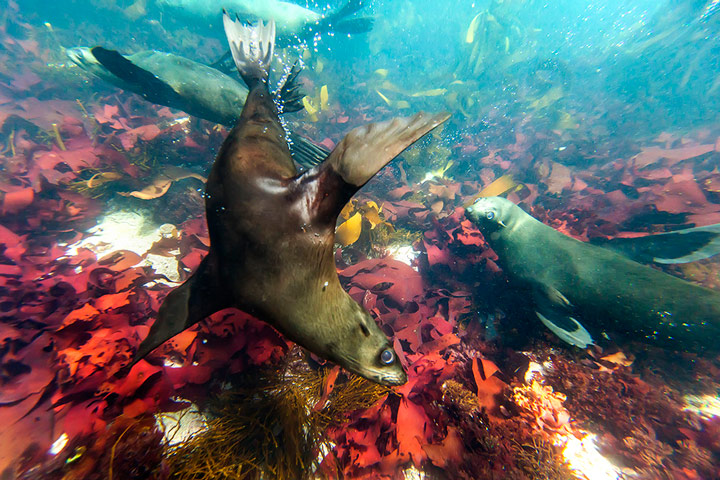A few months ago I had an assignment to Storms River in the Eastern Cape, a place of mountain biking, tubing, kayaking and canopy tours (and much more). What better place to test out this product?
Made of a flexible latex-type material, the Outex housing fits over your camera and prevents water leakage with its patented sealing system. When I first put the housing on, the lack of hard waterproof casing made my heart nervously flutter. Luckily there are detailed, easy-to-follow instruction videos on the Outex website explaining how to correctly install the housing.
The first time you do this is stressful. After you have a chance to try out the housing and build some faith in the product (let’s face it, we’d all be wary of our cameras in water no matter what product is used – it’s unnatural), you’re soon whizzing through the installation process, dipping your camera in water and gleefully congratulating yourself when you pass ‘the bubble test’ checking for leaks.

I used the housing in multiple high-action conditions, the worst of which was probably tubing down a river. My camera was often torn from my grip, but always ended up floating on the surface and retaining its dry interior. I was very impressed. The next time I used it, I was snorkelling with seals with Gear Editor, Melanie van Zyl. Outex housing is not meant to be dived with to great depths, but bobbing between surface level and 2m deep, surrounded by swirling seals, was perfect. On that note, regardless of what housing you use on your camera I would definitely recommend you update your insurance to cover water damage before you dive beneath the surface.
At first I found the casing slipped off my camera, but this was due to user-error. The problem was solved once I realised that I hadn’t tightened the viewfinder and neck strap correctly.
Of course there is some image quality loss that goes hand-in-hand with using an underwater casing. Shooting with any extra material in front of your lens will degrade your image, but I found the best way to keep water droplets from marring the surface of the lens was the same as the trick used to keep goggles from fogging up – some saliva.
And now that that rather gross bit of info has been imparted, back to the review.
The housing is made to prevent water, wind, sand, snow, mud, rain and paint from getting to your camera. So long as it is fitted correctly and checked occasionally during usage (in case bumping has knocked the seal) the product is ideal for people who are shooting in the elements, be it triathlon events, in the surf or in dusty conditions.
With full kit prices ranging from R5350 to R5570 depending on your camera body size, it’s a good alternative to much more expensive underwater housing, provided you’re not looking to use it to a depth of more than a few metres.
You can buy one for your camera through PhotoGadgets, the South African Outex Housing distributor.





You may also like
Related Posts
Camping is a great adventure and having the right gear (and nifty accessories) will make...
read more
Ventilated back panels, air-flow systems, foam ridges – daypacks these days almost make it too...
read more
Explore the depths of the ocean underwater and even take a nap with the fish...
read more